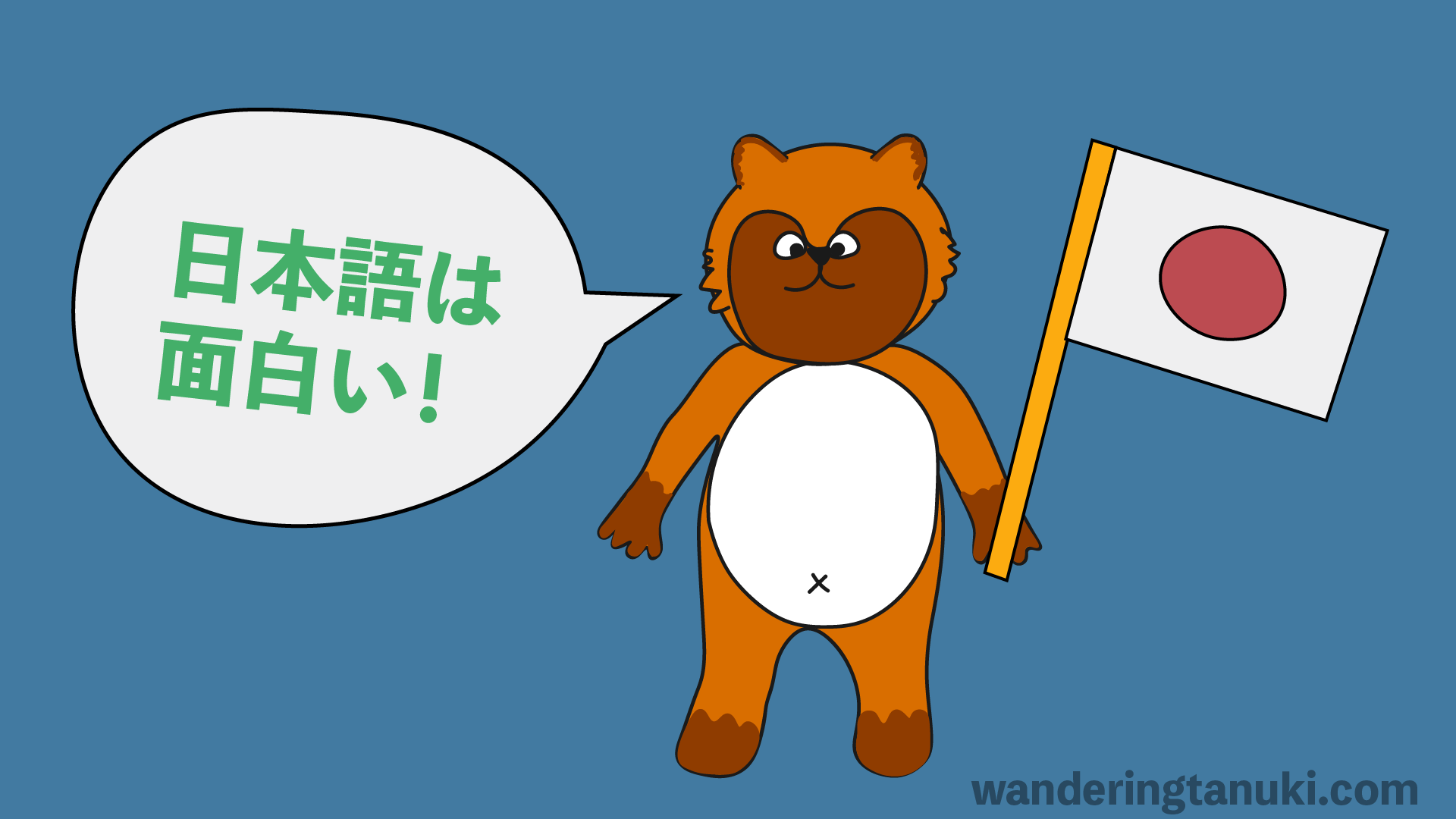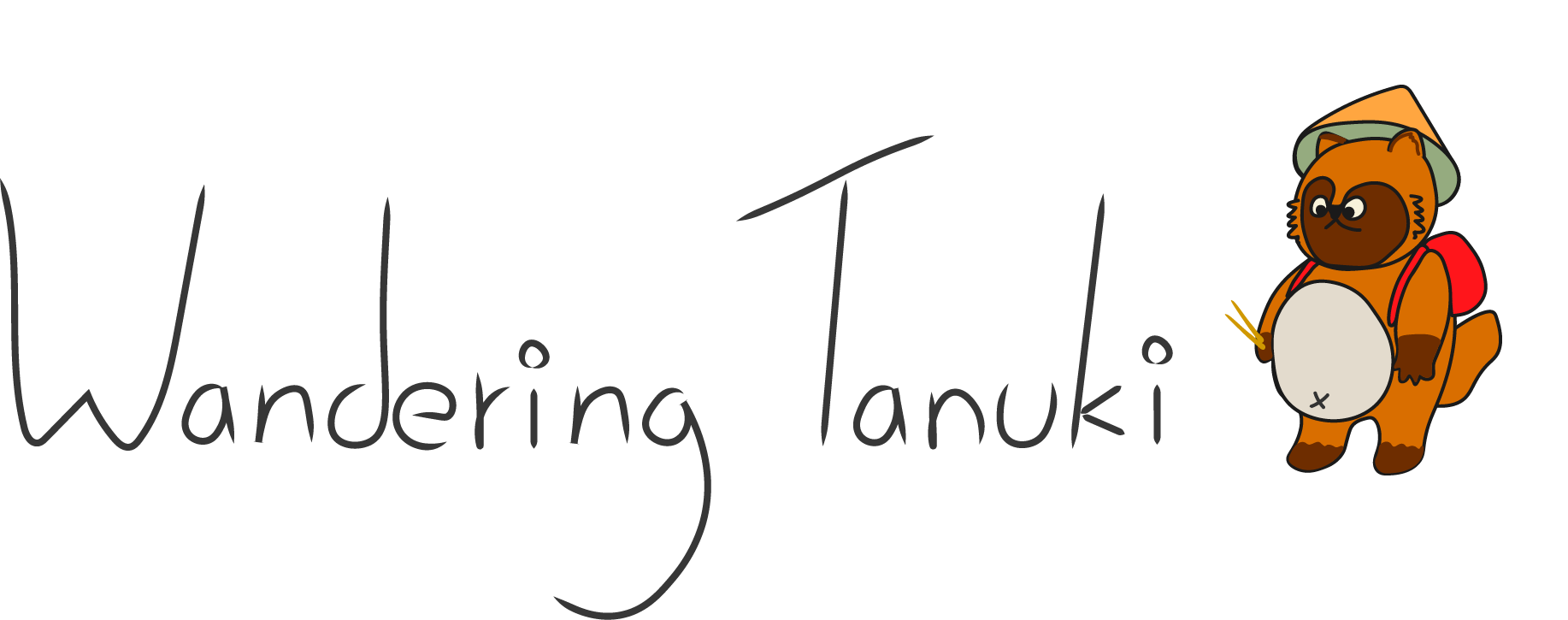10 Surprising Things About the Japanese Language
Filled with awe-inspiring cultural traditions, Japan is a country that never ceases to amaze, and nor does its language, Japanese. With so many fascinating traditions tied into the language, it’s a language that intrigues people far and wide.
Heavily influenced by the Chinese alphabet and riddled with debates about its official origin, let’s dive into 10 surprising things about the Japanese language!

1 – The Japanese Language Comprises a Variety of Dialects

There are many regional variations to the Japanese language, which are called dialects. These variations are grouped into Kyoto-Osaka and Tokyo dialects. Although some dialects are mutually intelligible, not all of them are.
2 – Japanese is the 9th Most Spoken Language in the World
Ethnologue ranks Japanese as the 9th most spoken language in the world. There are some 128.2million native Japanese speakers across the globe, with 127 million being based in Japan.
3 – There’s a Lot of Debate About the Origins of the Japanese Language

Japanese was greatly influenced by the Chinese language and its characters. Modern Japanese also contains many loan words from other foreign languages. However, there are scarce materials when it comes to identifying the precise origins of the language. Many scholars believe that the language was brought into the country from continental Asia or the Pacific Islands and was the language that replaced the language spoken by the ancient Jomon inhabitants of Japan.
4 – It Takes Roughly 88 Weeks to Learn Japanese
According to the US Department of State, that’s how long it takes the average English speaker to learn the Japanese language. Language learners that are keen on taking on the Japanese language should consider an immersive learning experience as this is one of the fastest ways to get around the basics of the language.
5 – They Use Honorifics in the Language to Express Relationship Statuses

Honorifics are used to express the kind of relationship that two speakers have with each other.
- -san – this is the most commonly used suffix when addressing someone as sir or mam.
- -chan – this is an endearing female honorific that can be used when referring to children of either gender.
- -sama – this is a respectful honorific used to address someone.
6 – There are 4 Japanese Writing Systems
Kanji: These are Chinese characters absorbed into the Japanese lingua. It is made up of over 6000 characters, although the average Japanese may just need 2136 for daily life in Japan.
Hiragana: This is the most original writing system. It is made up of 46 characters used to write Japanese syllables. It is also used for verb and adjective inflections and simple words.
Katakana: For foreign words, names, and loanwords changed to suit the Japanese tongue, e.g., ‘teeburu’ (table), ‘aisu’ (ice), and ‘takushii (taxi).
Romaji: Sometimes, this one is not counted as a writing system. It evolved from the romanization of Japanese words developed in the 1500s by Japanese Catholics for the European Jesuit missionaries who came to evangelize in their country.
7 – The Word Order Can Seem Confusing

Unlike the English Language, which uses the subject-verb-object- order, the Japanese language uses the subject-object-verb. It does look kind of backward to foreign speakers. Sometimes there is no need to specify the object, and only verbs are used for a complete sentence!
8 – Japanese is a High-Speed Language
After evaluating translations of the exact text in eight different languages (Japanese inclusive) and comparing their syllabic rate (that is, the number of syllables per second), information density, and the rate at which information was passed, it was found that the Japanese language had the highest syllabic rate.
The average native Japanese speaker produces 7.84 syllables per second, and compared to the average English speaker, that delivers 6.19 syllables per second, that’s pretty fast sound formation!
9 – Not Every Syllable Carries Contextual Meaning

Japanese might be a fast-paced language, but on the other hand, it also sports the lowest information density and information rate. This means that the Japanese language uses almost twice as many words to pass the same information as English. However, this doesn’t mean it’s the slowest language; many phrases which may seem obvious to Japanese natives are omitted, for example, ‘I’ and some pronouns.
10 – There’s a Lot of Sound Symbolism at Play
The Japanese language has a large inventory of memetic words, called ideophones, in the linguistics field. These words are present in written and spoken Japanese and are popularly known as onomatopoeia. These words don’t just imitate the sound of an object or action but also cover context outside of meanings. For instance, the Japanese word for ‘silently’ is shiinto (しーんと), but that shouldn’t be making a sound at all.
Wrapping Up
Now that you know a little more about the Japanese language, it might have sparked an interest to start learning the language yourself! However, when it comes to important matters like business meetings, you might need professional Japanese translation services to help you gain a deeper understanding of the cultural aspect tied to the Japanese language!
About the author:
Today’s article “10 Surprising Things About the Japanese Language” is brought to you by guest author, Sean Hopwood, MBA. He is the founder and President of Day Interpreting, a phone interpreter services provider.





